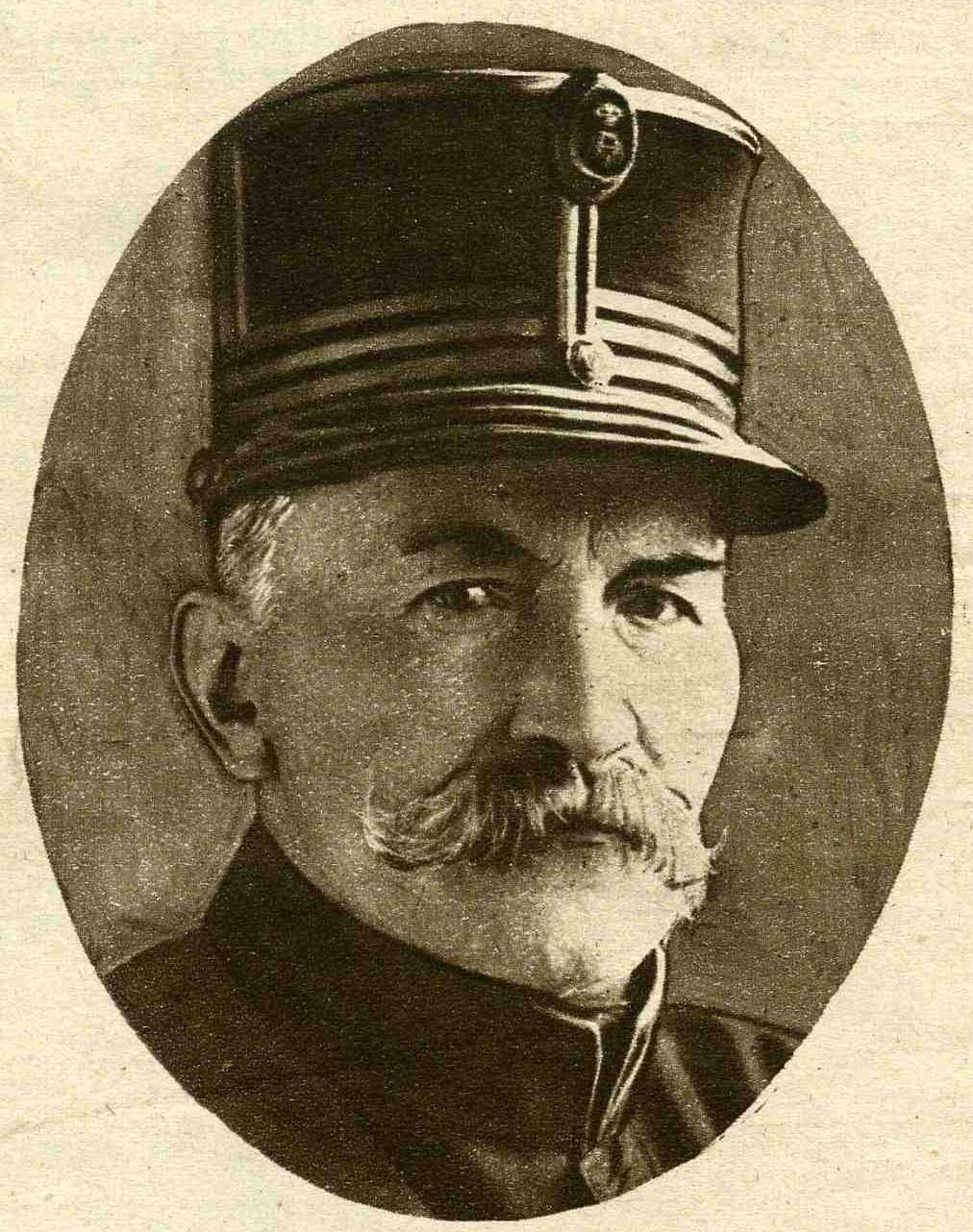Liège Medal on:
[Wikipedia]
[Google]
[Amazon]
 The Liège Medal (french: Médaille de Liège, nl, Medaille van Luik) was an unofficial
The Liège Medal (french: Médaille de Liège, nl, Medaille van Luik) was an unofficial
The Battle of Liege, 1914
(In French)
(In French)
(In French and Dutch) {{DEFAULTSORT:Liege Medal Military awards and decorations of Belgium Awards established in 1920 1920 establishments in Belgium
 The Liège Medal (french: Médaille de Liège, nl, Medaille van Luik) was an unofficial
The Liège Medal (french: Médaille de Liège, nl, Medaille van Luik) was an unofficial World War I
World War I (28 July 1914 11 November 1918), often abbreviated as WWI, was one of the deadliest global conflicts in history. Belligerents included much of Europe, the Russian Empire, the United States, and the Ottoman Empire, with fightin ...
campaign medal issued by the Belgian city of Liège
Liège ( , , ; wa, Lîdje ; nl, Luik ; german: Lüttich ) is a major city and municipality of Wallonia and the capital of the Belgian province of Liège.
The city is situated in the valley of the Meuse, in the east of Belgium, not far from b ...
to its 1914 defenders against the German invaders. It was first issued in April 1920 during a large ceremony presided by the Duke of Brabant (the future King Leopold III) and Lieutenant General the Count Gérard-Mathieu Leman, military commander of the defence of Liège during the battle which raged from the 5th to the 16th of August 1914. The stubborn defence of the city forced the Germans to bring in specialised extra heavy artillery to take on the city fortifications.
Statute
The Liège Medal was awarded to the military defenders of the city of Liège who took part in the Battle of Liège. It was also later awarded to residents of the city of Liège who were condemned to imprisonment by a German tribunal following the battle and received the Political Prisoners' Medal. Although unofficial in nature being bestowed by the city of Liège and not the state, such was the national pride and prestige surrounding the valiant 1914 defence of the city that the medal was allowed for wear on the military uniform.Award description
The Liège Medal was a 35mm in diameter circular medal struck from bronze with a 2mm wide raised edge on both sides. Being unofficial, some recipients had theirs gilded or silvered. The raised edge bore laurel leaves on both sides along its entire circumference. The obverse bore the relief image of the Liège Perron superimposed over a decoration akin the FrenchLegion of Honour
The National Order of the Legion of Honour (french: Ordre national de la Légion d'honneur), formerly the Royal Order of the Legion of Honour ('), is the highest French order of merit, both military and civil. Established in 1802 by Napoleon, ...
and bisecting the year "19" "14". Along the circumference, the relief inscription "LA VILLE DE LIÈGE A SES VAILLANTS DEFENSEVRS" translating into "THE CITY OF LIÈGE TO ITS VALIANT DEFENDERS". The reverse bore the relief image of a battle scene including soldiers fighting on near a partly destroyed bunker on the bank of the Meuse river
The Meuse ( , , , ; wa, Moûze ) or Maas ( , ; li, Maos or ) is a major European river, rising in France and flowing through Belgium and the Netherlands before draining into the North Sea from the Rhine–Meuse–Scheldt delta. It has a t ...
.
The medal was suspended by two interlocking rings, the lower one passing through a suspension loop atop the medal, to a 38mm wide silk moiré half red and half yellow ribbon, the colours of the city of Liège.
Notable recipients (partial list)
* Lieutenant General the Count Gérard-Mathieu LemanReferences
* Quinot H., 1950, ''Recueil illustré des décorations belges et congolaises, 4e Edition.'' (Hasselt) * Cornet R., 1982, ''Recueil des dispositions légales et réglementaires régissant les ordres nationaux belges. 2e Ed. N.pl''., (Brussels) * Borné A.C., 1985, ''Distinctions honorifiques de la Belgique, 1830-1985'' (Brussels)External links
The Battle of Liege, 1914
(In French)
(In French)
(In French and Dutch) {{DEFAULTSORT:Liege Medal Military awards and decorations of Belgium Awards established in 1920 1920 establishments in Belgium